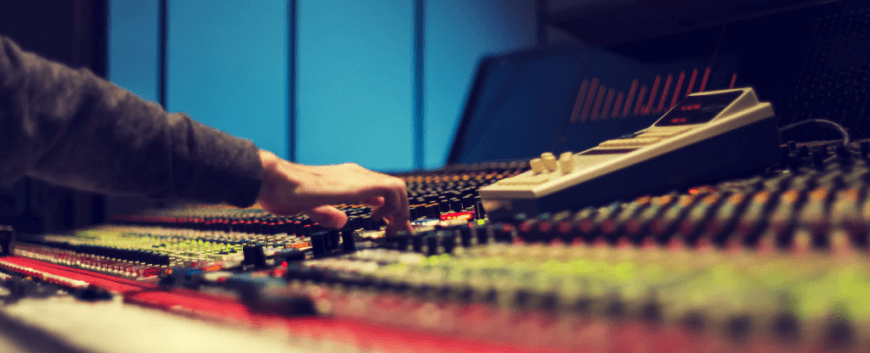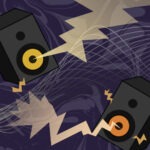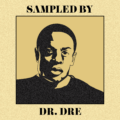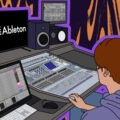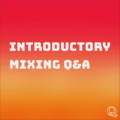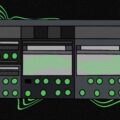An often overlooked consideration of a recording chain is the brand of preamplifier chosen when bringing signals up to a usable level. Some engineers spend just as much time considering this as they would which microphones to use during a recording session.
It’s important to have a thorough conversation with the recording artists about the overall aesthetic they want for their instruments and song as a whole; these conversations help determine what a great pairing of source instrument, microphone, and preamp will look like.
While a different preamp may be used for each instrument that’s recorded, it’s best to stick to one style of preamplifier when recording an instrument with a multi-mic array (i.e.: drums).
Bring Life to a Tracking Session With Your Preamp
As far as signal processing goes, the microphone preamplifier will make the biggest change in colour to your source. That’s why there is so much hype and excitement around big-name preamps like Neve, SSL, Universal Audio, and API (to name a few). However, it’s important to remember that the biggest changes you can make to your sound will happen before it reaches this point.
Choosing the right performer will have the biggest impact on your recording. The next important factor is deciding on the right instrument for the job. The third most influential decision is choosing the microphone that will capture the performance. And finally, there’s the often-overlooked preamp selection.
The preamp you choose will shape the rest of the recording chain like no other processor can.
Characteristics of Different Preamps
Hype words are often used to describe the colour that these gain processors impart on a source sound. This is because it’s quite hard to put a finger on exactly what is happening to the harmonic saturation that takes place as a signal goes through them. You can really set the stage and set the mix up for success by paying just as much attention to the details on your preamps as you do with your microphones during the tracking stage.
SSL: SSL preamps have “punch”, but come across as very clinical and clean. They’re a good option for when you want your recording to be open with a lot of pleasing detail in the midrange frequencies. It’s close to being transparent, yet has a very high definition character all its own. It’s a subtle but recognizable sound. We recommend these preamps any time a musician is in love with the natural sound of their instrument or voice.
Neve: Neve preamps have a very “fat” vibe that can come across as retro all while imparting a feeling of “warmth”. This is a great preamp whenever the artists have requested a “big” sound. They have a way of really hyping up the low frequencies in a very musically-pleasing way. We recommend turning up the gain on a Neve before reaching for an equalizer.
API: These preamps are considered a much “faster” and aggressive breed, which pushes the midrange forward in a pleasing way. APIs are great for when the artist you’re working with wants to capture a strong sense of “attack” coming from their instrument. It really hypes the mid-range and adds a bit of “bite” to the track, unlike an SSL, which is a bit more clean.
Tubes: Tube preamps such as the UA 610 can come across as “slow”, but tend to add the most harmonic content. They’re a solid choice for recording an instrument that is intended to come across as a bit more “smooth” or “round”. The harmonic saturation that occurs from pushing the gain on these preamps does a really good job of adding a sense of colour, particularly to the sustained portion of an instrument. These are great preamps for instruments that hold notes and come in with a subtle entrée.
Push Preamps to Bring Their Personality to the Forefront
Even the most colourful tube preamps can come across as very discrete and transparent if you’re sticking to polite levels. You can really hear the unique qualities of each preamp if you crank up the gain on a source as it travels through them.
The personality of the gear will really bloom and come to light as the signal travels through the extra harmonic stages. It’s important to remember this detail if you’re not really hearing much of a difference from your preamp selection. You may find yourself reaching for less compression and EQ after the fact if you’ve nailed a winning combination of the right instrument, mic, preamp, and gain.
With this in mind, some engineers will often consider keeping their gain levels low when working on location at a site that doesn’t have a large selection of high quality preamps.
Budget preamps found on a lot of consumer interfaces have come a long way in the past decade. However, they still tend to exhibit their less-than-desirable aspects when the gain is pushed on them.
You’ll usually notice a bigger noise floor as you reach the very top of the gain knob, as well as the addition of the rather unpleasing harmonic saturation created at these levels. We suggest recording with the gain knobs as low as possible in these confining situations, and to add colour and saturation only during the mix phase of the production.
The Preamps’ Role in Modern ‘Sample’-Based Productions
Preamps are still a valuable tool when processing already line-level samples, synths, and beats. The beauty of our current era is that we can sample sounds as transparently as possible using high quality converters.
We should keep in mind that a lot of the early DJs were sampling vinyl records through a mixer – which, in essence, is just another form of preamp. It is incredibly common for mixing engineers to reach for a preamp to add colour and a specific vibe to a carefully cut sample instead of hitting it with EQ.
Luckily, we have the benefit of making these types of decisions in a non-destructive manner thanks our modern DAWs. The sky’s the limit when it comes to selecting the colours from a diverse palette like we have today, so don’t be afraid to get creative!
